The return of the golden eagle to southern Scotland: How the king of birds is set to make a comeback beyond the Highlands
Already firmly established in the Highlands, these majestic raptors are now being reintroduced in southern Scotland. Joe Gibbs investigates their reception and the repercussions.
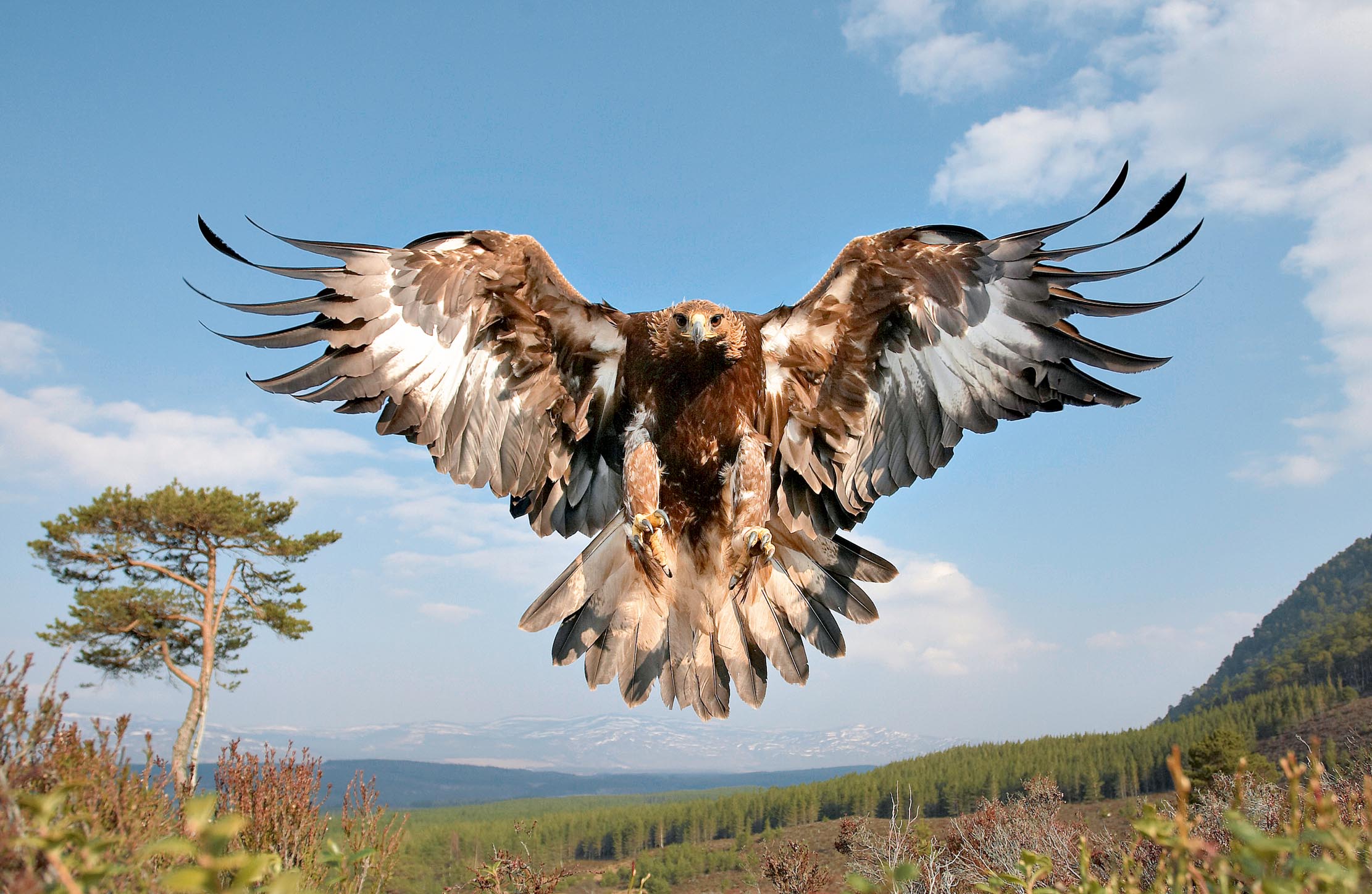
Some ruder and more savage scene, Like that which frowns round dark Loch Skene, There eagles scream from isle to shore; Down all the rocks the torrents roar — From 'Marmion' by Sir Walter Scott
The screaming eagles around Loch Skeen in Sir Walter Scott’s Marmion have been silent for some centuries. Yet at the time of his writing, in the early 19th century, the Borders’ skies were still full of their cries. In 1800, there was a score of golden-eagle nests in Dumfries and Galloway alone, with six pairs in the hills around Moffat Water. Many place names in southern Scotland refer to the presence of eagles. Earn, the old English name for an eagle, and its derivations crop up, for example, in Earn’s Craig on Criffel; Bennyellary, or Hill of the Eagle, in Galloway; and Ern Cleuch — Eagle Gully — in Ayrshire.
Such a healthy population of hungry apex predators had consequences, of course. Lambs and other human food sources were gobbled up and a sea eagle that nested on an island in Loch Skeen was improbably reported to have ‘well-nigh carried off a shepherd’s boy’. This attrition brought retribution against both types of eagle and other raptors. ‘It is easy to see how such attitudes led to persecution of eagles and other birds of prey,’ reflects Chris Rollie, a retired RSPB area manager and historian of eagles in southern Scotland.
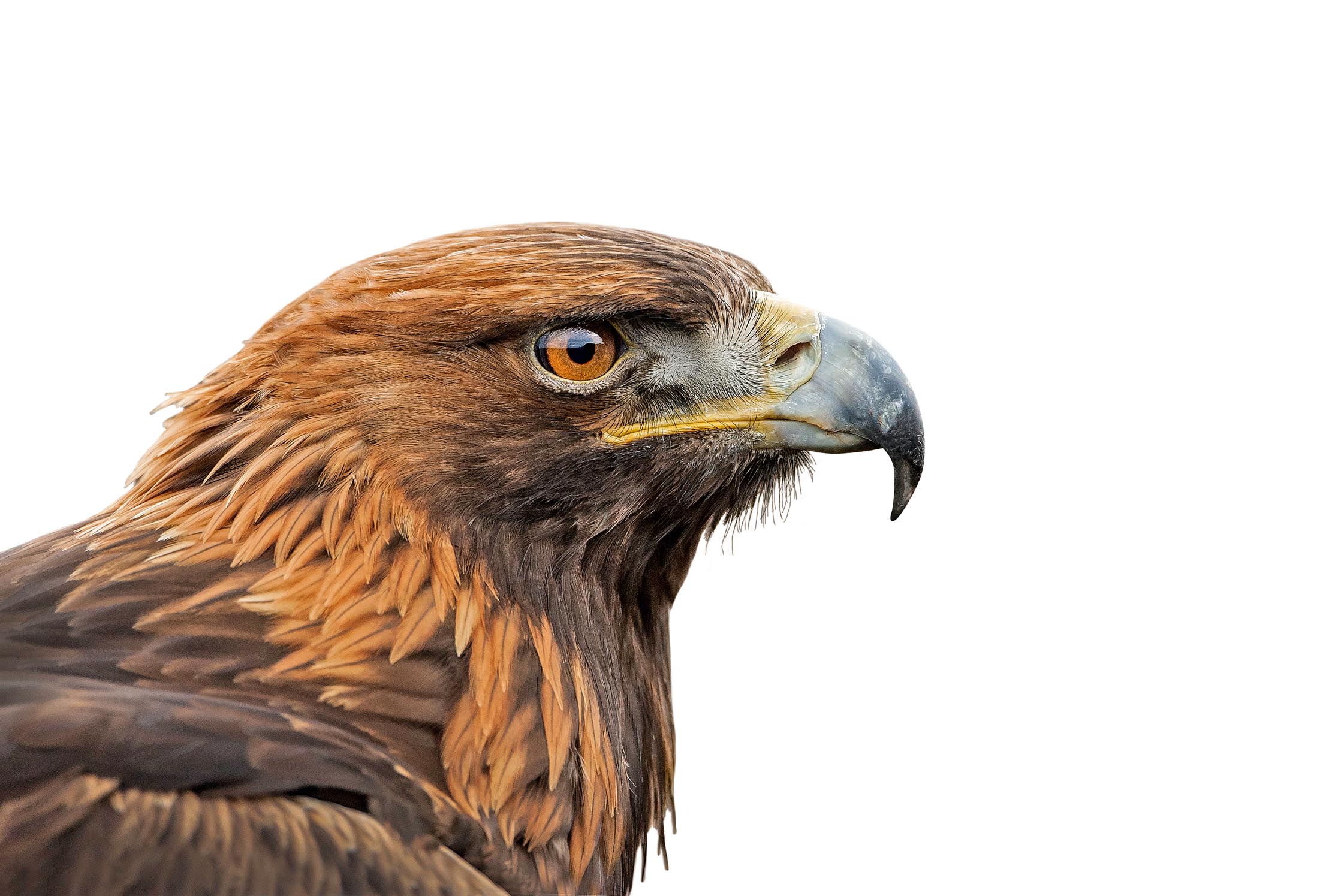
Local histories from the 19th century offer stories of colourful encounters with eagles across the social spectrum, usually fatal for the birds. The Earl of Traquair put paid to the sea eagles on the island in Loch Skeen by sending across his gamekeeper, an expert swimmer, to remove their eaglets.
Farmers lit tar barrels in front of eyries to drive the birds away. One aptly named herd, Bauldie Hairstanes, who carried stones in his plaid when walking the hill, used a pebble to bring down a golden eagle that swooped on his dog.
Golden Eagles: What you need to know
- The lifespan of a golden eagle is 20–30 years and they mate for life
- An adult has a wingspan of about 6½ft
- Pairs can own two or three eyries (nests) on crags or trees. Males and females share nest-sitting duties
- One in three nests produces a chick. Eggs are laid between mid March and early April, and will hatch in early May after 40 days incubation. The young birds fledge in July
- A pair of adults needs 480lb of prey to feed themselves and raise a chick over a year. Eagles are hearty eaters and there are many accounts of them dining too well to be able to fly
- Their range is 11,000–17,300 acres
Sea eagles had ceased to breed anywhere in south-west Scotland by 1860. Yet despite the ingenuity of Man in protecting his property against predation, Mr Rollie’s records show that golden eagles in small numbers attempted to breed in the area in every decade of the 19th and 20th centuries. In 1954, when the country was home to some 190 pairs, our unofficial national bird received official protection.
"Rabbits seem to be the closest you can get to steak and chips for an eagle"
Since then, the population of golden eagles in the Highlands has recovered to more than 500 breeding pairs, a contrast to the Lowlands, which, so far, host only three pairs. The reasons for this slower recovery are complex and not yet fully understood. Young birds that might be expected to leave the Highlands to seek territories further afield appear reluctant to cross the heavily populated central belt.
‘Human activities and land use’ are also cited as culprits. Increased closed-canopy conifer plantations over much of the Borders provide poor hunting grounds for eagles and wind farms, which often follow the ridges the birds like to hunt along, have proliferated. Pesticide contamination weakens eggshells, nest sites may be in short supply and then there’s the rain. Global warming has more than doubled spring rainfall in southern Scotland, reducing eagles’ hunting success and killing their chicks.
Exquisite houses, the beauty of Nature, and how to get the most from your life, straight to your inbox.
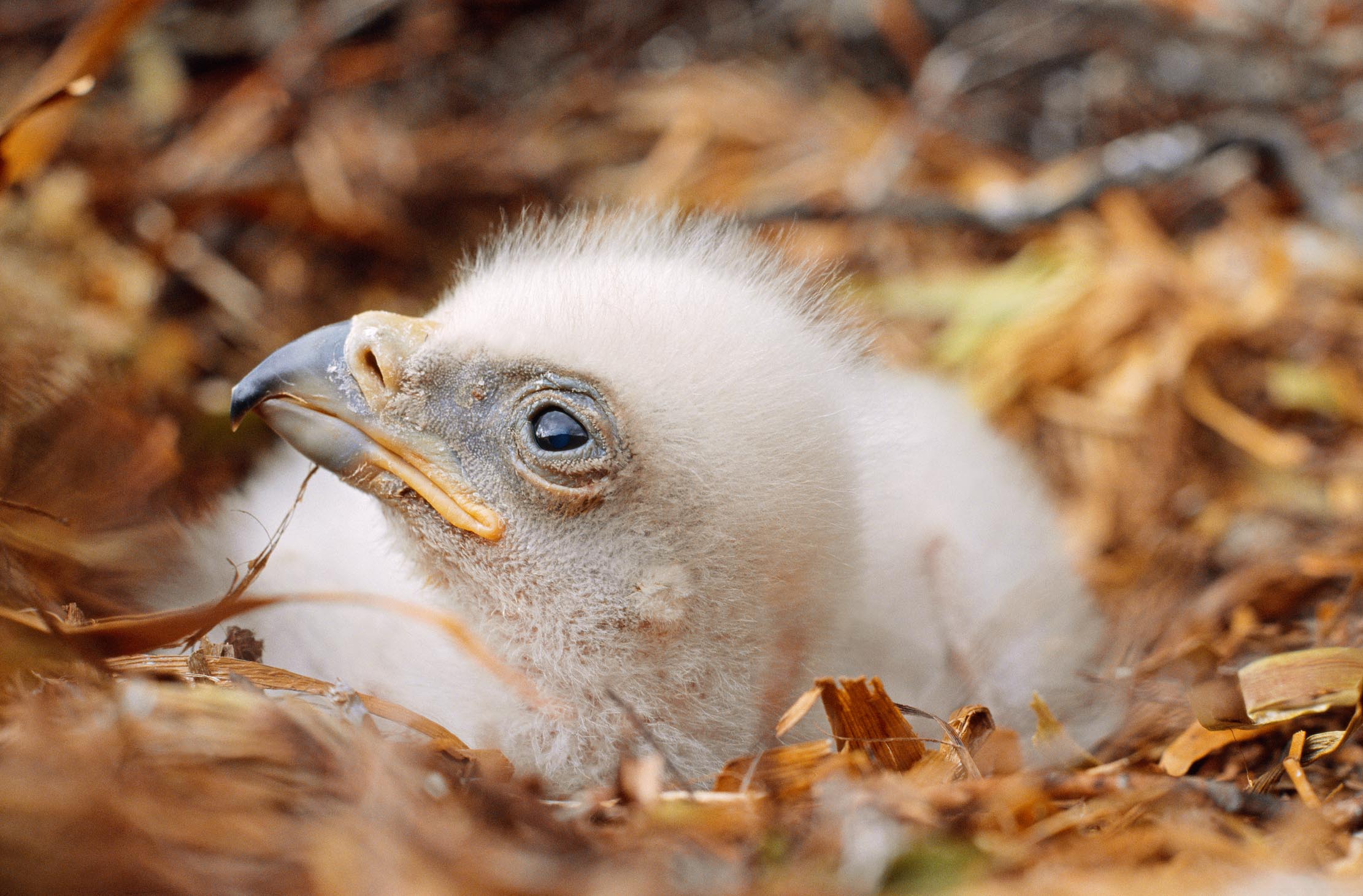
Soaring to the rescue in 2017 came the South of Scotland Golden Eagle Project (SSGEP), which aims to repopulate the Scottish Borders with an eventual 16 pairs. Under the umbrella of the Southern Uplands Partnership and primed by Heritage Lottery and LEADER funding, an amalgam of landowners, local government, charities and Government agencies has come together in support of the species, with Scottish Land & Estates and the RSPB to the fore. Five release aviaries have been built, where four young birds — Edward, Emily, Beaky and Skan — have spent two months with almost no human contact before leaving to join the existing three pairs in the wild. Release protocols were changed after Beaky, also known as Rambo, killed two of his fellow immigrants.
At the receiving end, Borders landowners have been very supportive, assures Duncan Orr-Ewing, head of species and land management for RSPB Scotland. Sir Michael Strang Steel, whose Philiphaugh estate hosts one of the release areas, has a grouse moor that also supports a pair of hen harriers and a merlin. The estate includes the Waterwheel Cafe, where Sir Michael is opening a golden-eagle information centre.
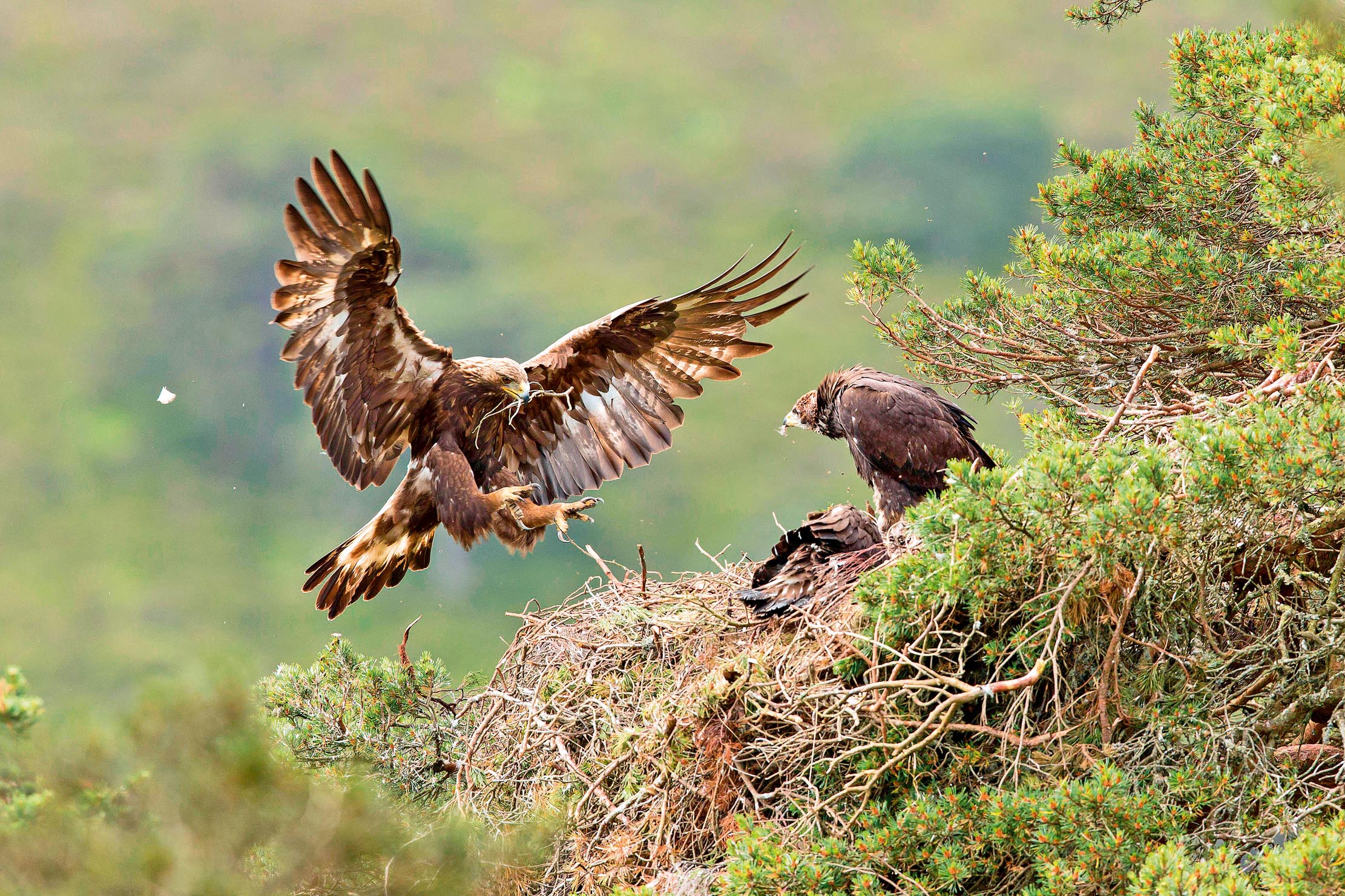
‘We like having them and we love seeing them,’ he says. ‘When the eagles are around, the other raptors leave.’ Dr Cat Barlow, SSGEP project manager, reveals: ‘Sheep farmers haven’t batted an eyelid and one in particular has been incredibly supportive; we thought it would have been a worry, but there being a few pairs of eagles here already may have helped.’
Indeed, although shooting landowners may raise no more than an eyebrow at the eagle’s need to supply the equivalent of a grouse a day to each chick, the bird’s very low tolerance of other raptors in its territory could balance the books somewhat. In Finland, studies have shown more black grouse within golden-eagle territories because of reduced predation by other species on young grouse. Foxes and badgers are also fair game. As well as game birds, the south-western eagles’ prey base will include rabbits, hares, young deer, voles, miscellaneous bird species and lambs up to five days old. In turn, golden eagles can be pushed out of their territories by sea eagles.
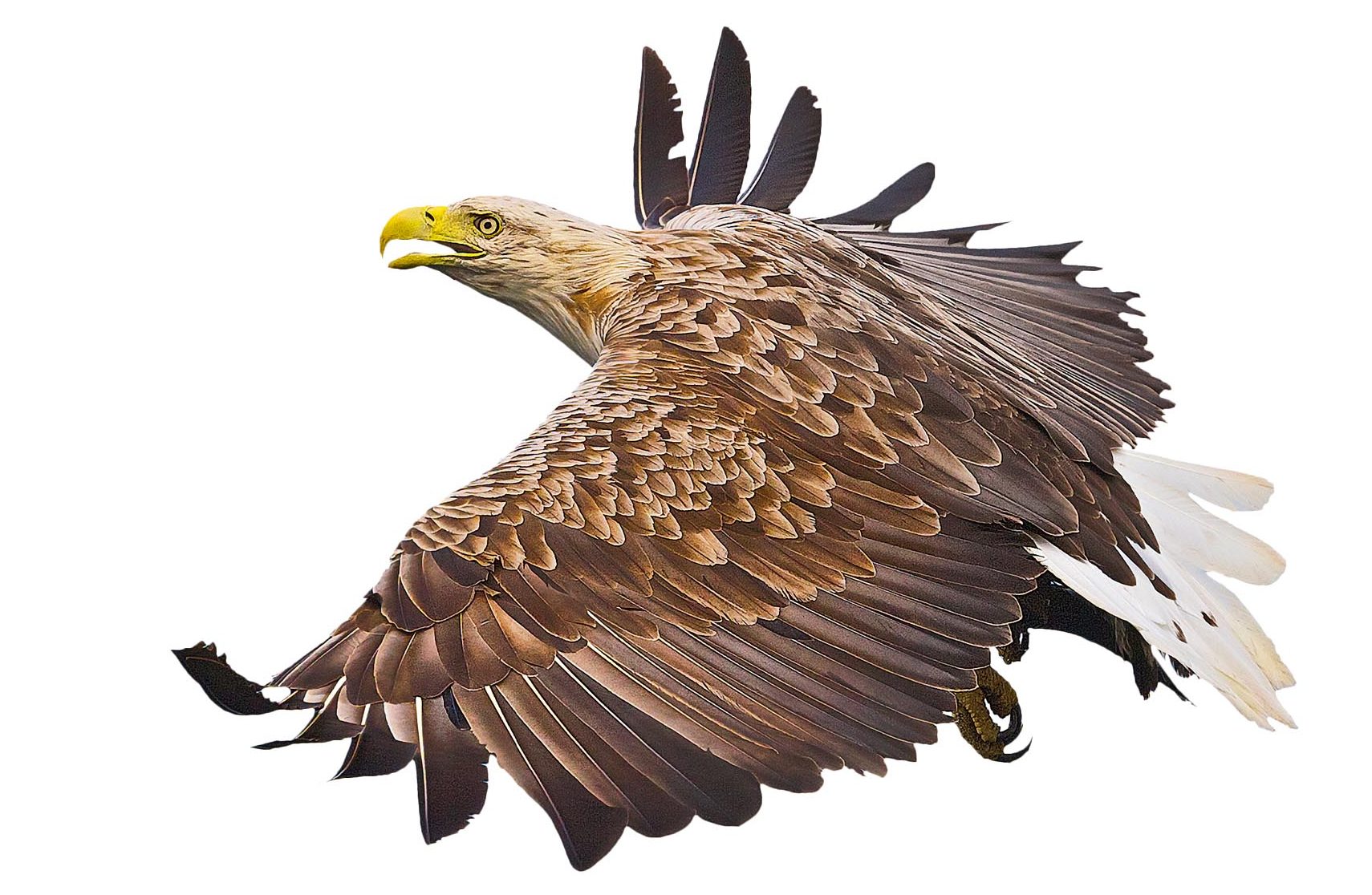
Rabbits seem to be the closest you can get to steak and chips for an eagle. The naturalist Seton Gordon once watched a bird stoop and miss a rabbit, then run like a dog to the entrance of the burrow and peer into it. Dr Barlow watched spellbound as one of her young birds hunted rabbits in a warren, learning by its mistakes and retreating for 20 minutes to let the animals re-emerge.
Kenny Kortland of Forestry and Land Scotland, another SSGEP partner, is working to improve the habitat for the birds by buying ground and planting native woodland. Meanwhile, a hearts-and-minds outreach project educating and enthusing local communities has started with local primary schools adopting eagles and a Moffat eagle festival is planned.
"Eagles are an important part of our natural capital"
The immature birds released in the Borders were translocated from the Highlands, where the population has reached a high density. Spreading from the west, most of the capacity for the remaining 200 pairs Scotland can accommodate now lies in the eastern Grampians, which comprise some of the best potential habitat for the bird. Any landowner mad or bad enough to try to kill an eagle in that region has to deal with the increasing detectability of tagged birds.
Jahama Highland estates, based in Fort William, cover 114,000 acres of Glenshero, Killiechonate and Mamore. Thanks to plentiful prey, eagles nesting here have produced twins. With the estate’s consent, one twin was removed from Glenshero and supplied to SSGEP. ‘We take a progressive approach and we understand the value of research. Eagles are an important part of our natural capital,’ explains the estate’s chief operating officer Julia Stoddart, pointing out that, left together, both chicks would have to compete with their parents or travel to find their own territories. ‘It makes sense to translocate one to where there is plenty of prey.’ Mr Orr-Ewing agrees. Only 5% of breeding pairs produce twins, he elaborates; in most cases, the Cain and Abel syndrome kicks in, the older chick killing the younger within a few weeks.
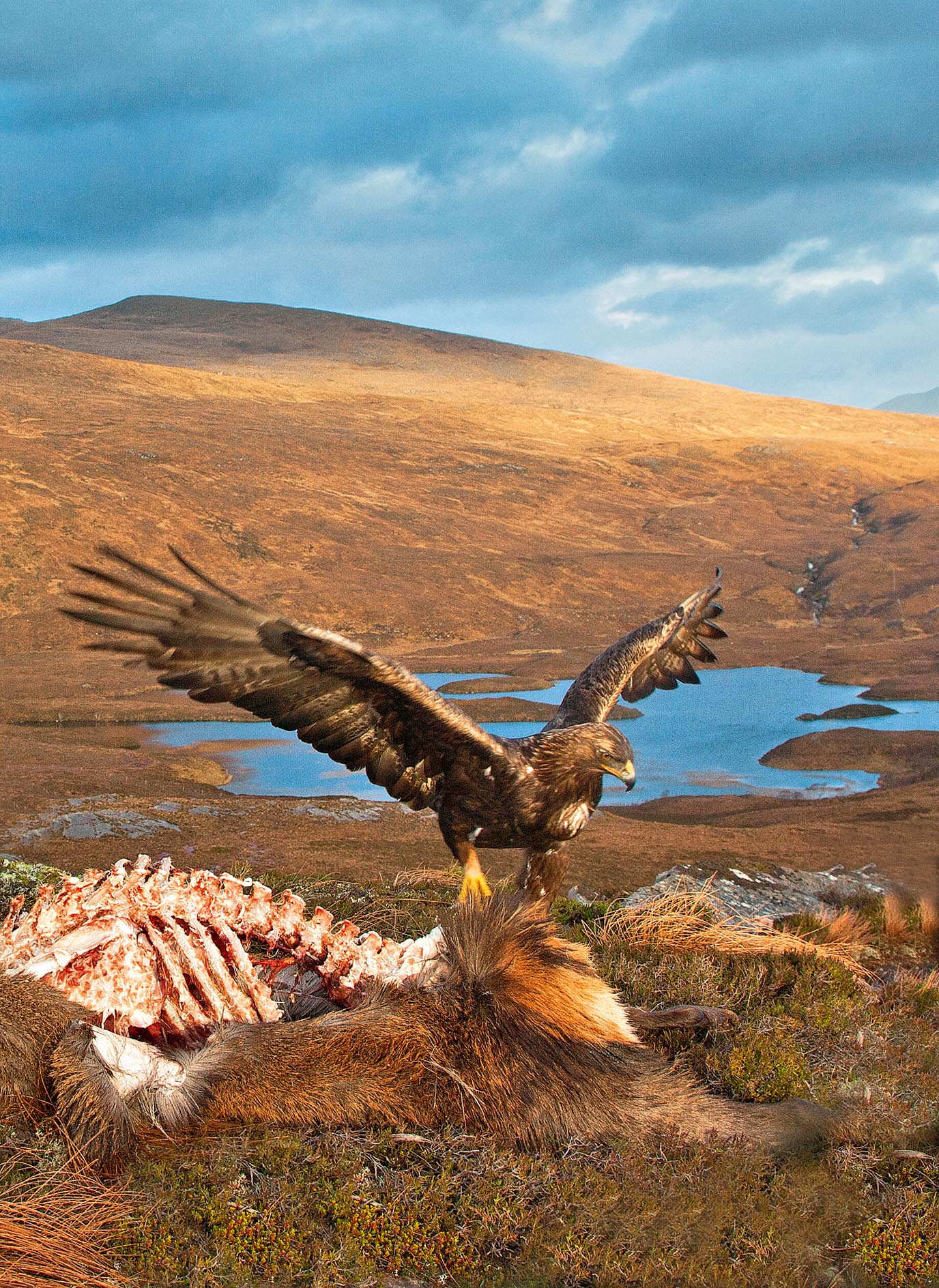
No one knows where the 17th-century tradition of Highland chiefs wearing three golden-eagle feathers in their bonnets came from, although it perhaps reflected the militarisation of Highland dress. Whatever the origins, it is to be hoped that the Lowland team takes a feather out of the Highland bonnet and puts it in their own for their efforts to re-establish this king of birds.
For further information on the South of Scotland Golden Eagle Project, visit www.goldeneaglessouthofscotland.co.uk
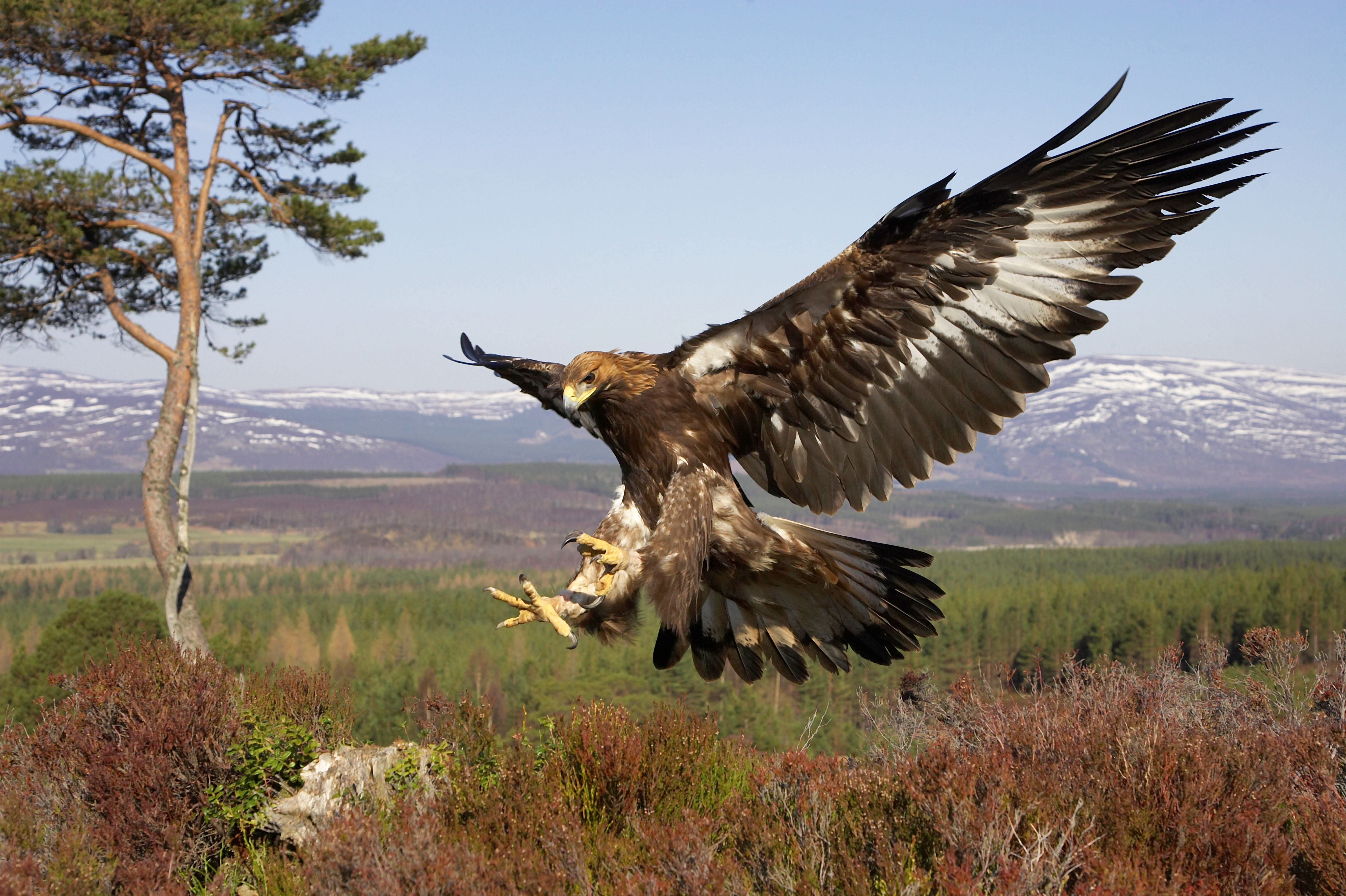
Britain’s birds of prey: The Country Life guide to all of the UK’s raptors
Raptors’ supersonic vision, effortless aerial acrobatics and ruthless hunting instinct make them the undisputed masters of the skies, but can
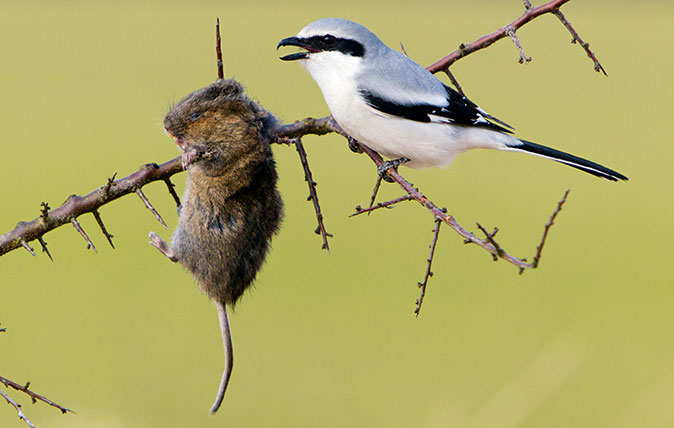
Credit: Getty / Duncan Usher / Minden Pictures
Beware the Great Grey Shrike: The pretty songbird with the temperament of Vlad the Impaler
Simon Lester takes a look at the great grey shrike, a delicate-looking songbird whose innocent appearance belies its sadistic tendencies
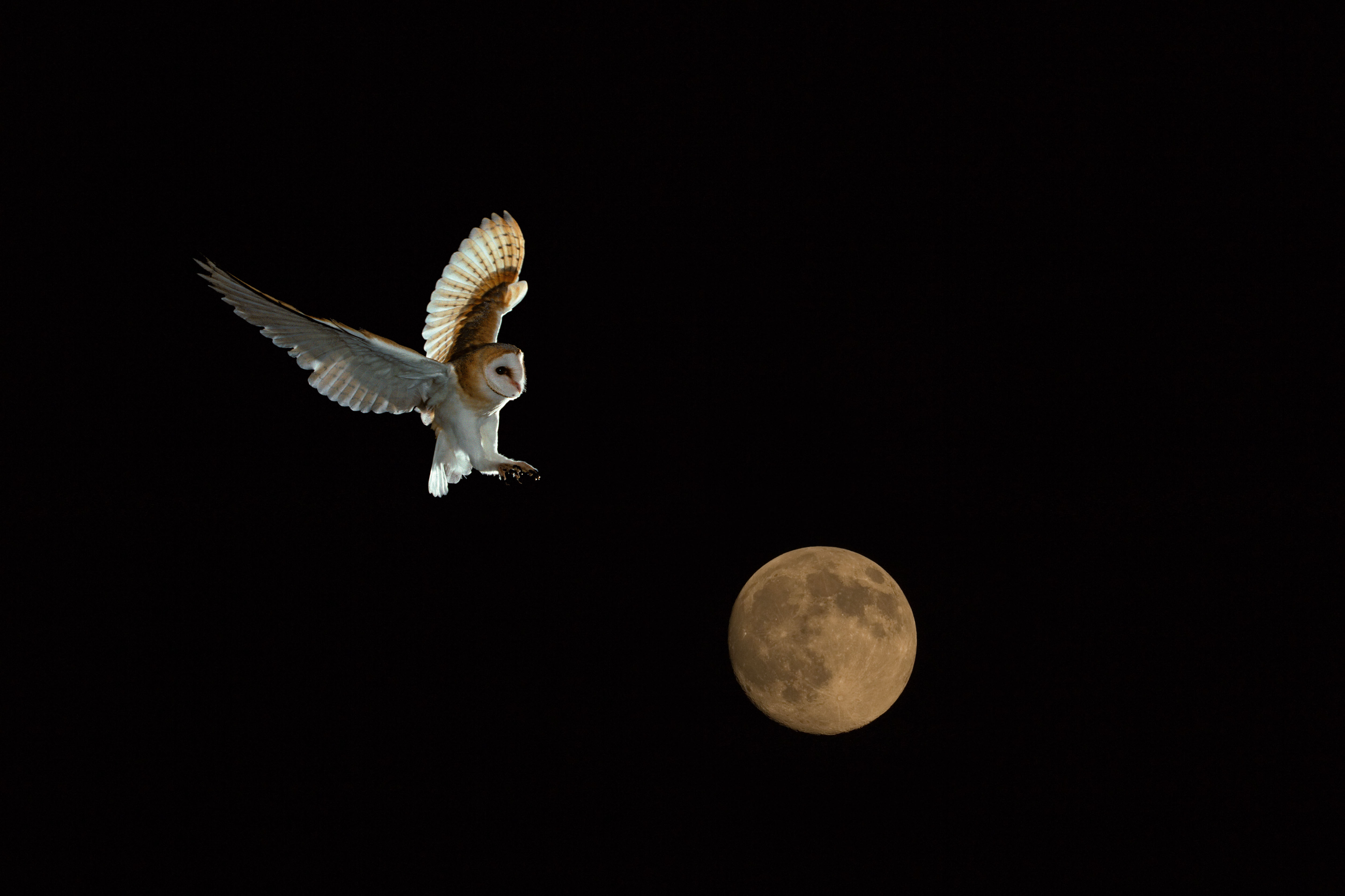
Credit: Alamy Stock Photo
How white-feathered barn owls terrify their prey into submission: 'It’s like a ghost coming on it'
Scientists have found white owls are superior in their hunting ability to their darker counterparts.